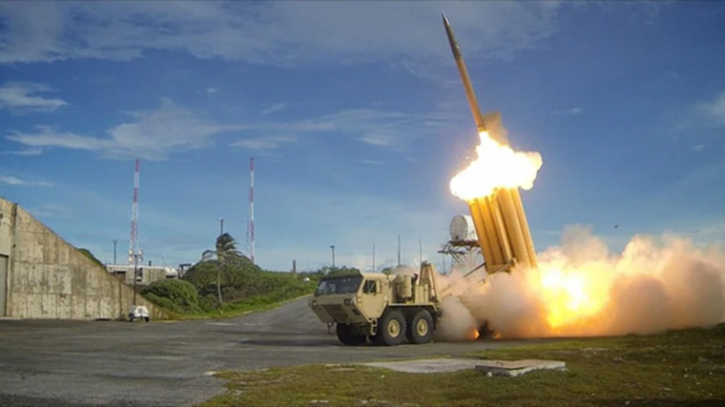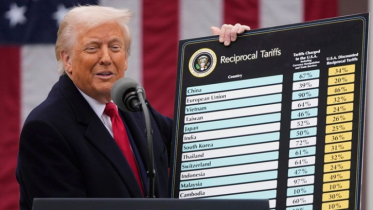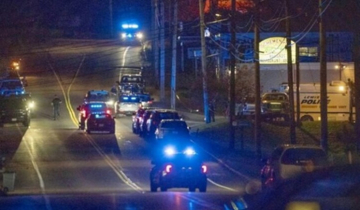US Used 20% of THAAD Missile Stockpile Defending Israel Over 12 Days

Published : 23:03, 28 June 2025
The United States used up between 15% and 20% of its Terminal High Altitude Area Defense (THAAD) missile stockpile during a 12-day conflict, in which it helped defend Israel from Iranian missile attacks. During this period, both Israel and the US carried out strikes on Iran's nuclear facilities.
According to Military Watch Magazine, an estimated 60 to 80 THAAD interceptors were launched. Each interceptor costs between $12 million and $15 million, putting the total cost between $810 million and $1.215 billion—much more than the cost of Iran’s missile attacks. This imbalance in the cost of defense versus offense raises concerns about long-term sustainability, especially in large or multi-front conflicts.
The Wall Street Journal reported that the US had restocked the THAAD system deployed in Israel as recently as 2024.
Iran’s missile attacks, in retaliation for the strikes on its nuclear and military sites, targeted cities across Israel. They included advanced models like the Ghadr, Emad, Kheibar Shekan, and the Fattah-1 hypersonic missile, the latter capable of reaching speeds up to Mach 15 and difficult to intercept.
Deploying THAAD to Israel posed logistical challenges. Supporting allies in active conflict zones can strain resources and potentially impact US military readiness for future engagements.
THAAD was originally developed to defend against countries like Iran and North Korea, which possess medium- to intermediate-range ballistic missiles that can carry conventional or nuclear warheads.
The US produces only around 50 to 60 THAAD interceptors per year, so replenishing the ones used during the 12-day conflict could take several years.
The fighting between Israel and Iran ended when US President Donald Trump announced a “complete and total ceasefire.” While the US-Israel campaign succeeded in damaging Iran’s nuclear infrastructure and disrupting its military leadership, Iran’s government and its nuclear ambitions remain intact.

.png)
.png)







